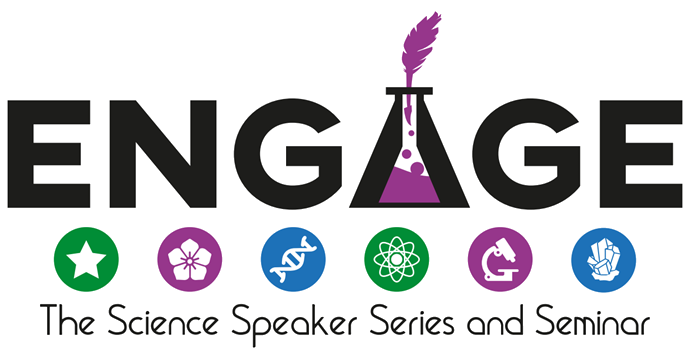Predicting Algal Takeover
Photo credit Mike Riffle
How much life do you think exists in one drop of seawater? A couple organisms? Maybe a couple thousand? To help visualize, let’s imagine a major city like Seattle, which has around four million people. In comparison, the same number of bacteria exist in just four drops of seawater! The ocean is an extremely dense and diversely populated place, filled with organisms of all shapes and sizes coexisting peacefully...most of the time. Occasionally, things fall out of balance. One notable example is when algae, a simple plant-like creature living in marine environments around the world, undergoes rapid growth and division. This out-of-control growth is so explosive that the algae, which are normally only visible with a microscope, can be seen from satellites in space. Scientists refer to this phenomenon as a harmful algal bloom.
In 2015, the west coast of the U.S. was plagued by a harmful algal bloom (HAB) that occurred when a specific type of algae called Pseudo-nitzschia stretched from California all the way to the Alaskan peninsula. Pseudo-nitzschia is particularly dangerous because it releases a toxin into the water that can kill fish and other wildlife, or seriously harm any humans that ingest it. Your initial reaction may be that perhaps we should look for ways to eliminate this threat altogether, but algae is actually a very important part of life on earth. Algae are estimated to be responsible for producing 50% of all oxygen on Earth. It would seem this tiny organism can't help but make a big impact, for better or worse.
Current methods for tackling this environmental disaster are limited to mitigation; essentially, we wait to detect toxins in the water and warn the public of danger afterwards. What we really need is a tool to predict HABS before they occur. This is what my research seeks to develop, and my lab is taking a new approach to solving the problem that centers on the idea introduced at the beginning of this post – viewing algae as one member of a complex, diverse community.
Algae reach bloom status when they grow to dominate their environment, an environment teeming with other lifeforms. This disruption of ecological balance causes a cascade of changes in the behavior of all the organisms living in the water. Bacteria that are normally swimming, eating, or growing now refocus their priorities to responding to their “new” environment. Such changes can be seen through the bacteria’s proteins – the molecular machines that do all the work in a cell. Changes in which bacterial proteins are present can give clues to what is happening around them. When the environment changes in a way that allows algae to form a bloom, bacteria in the water sense the changes around them and respond by producing different proteins. The building blocks of proteins, known as peptides, can be precisely measured and used as signals that changes in the cell are happening. A peptide that changes right before a bloom happens could serve as a predictive tool, like a light switch turning on to warn that danger is coming soon. By tracking the normal patterns of proteins in the bacterial neighbors of the algae, I can identify and use protein changes as a tool for predicting HABs. The bacteria act as a neighborhood watch program, and their warnings can be used to both keep the public safe and prevent major economic damage to local Washington businesses impacted by bloom toxins. Much like the proverb “it takes a village to raise a child,” perhaps it takes a bacterial village to predict a bloom.
Miranda Mudge is a graduate student and researcher in the Molecular and Cellular Biology Department at the University of Washington. She is studying proteins to better understand how bacteria influence and respond to their environment. Her research involves using proteins in bacteria as a tool for predicting harmful algal blooms.


